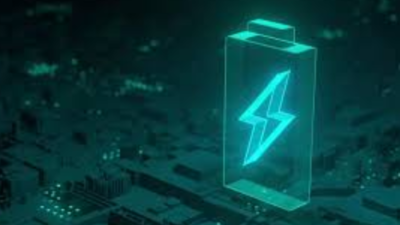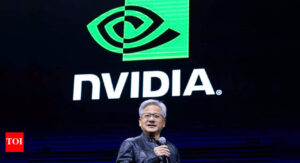
The lithium-ion battery (LiB) market in India is projected to grow sharply over the next five years, led by rising demand from electric vehicles, consumer electronics, and stationary storage applications, according to a joint report released by the India Cellular and Electronics Association (ICEA) and Accenture.The report estimates that total LiB demand will reach 115 GWh by 2030, with electric vehicle-linked usage expected to grow at a compound annual growth rate (CAGR) of 48%. In comparison, demand from stationary storage is projected to grow at 14% CAGR and from consumer electronics at 3%, ANI reported. The surge in demand comes amid India’s broader push towards its Net Zero targets and the government’s supportive policies on clean energy adoption, domestic cell manufacturing, and battery end-of-life (EoL) management. However, the report also highlights structural challenges related to import dependence and environmental risks.Imports rise as local capacity lags“India currently lacks Li-ion cell pack manufacturing capabilities and mining infrastructure, making it heavily reliant on imports of LiBs consisting of critical battery-active materials such as lithium, cobalt, nickel, and manganese,” the report noted.ICEA and Accenture estimate that cumulative demand for these critical materials will exceed 250 kilo tonnes between 2024 and 2030, translating to an import exposure of over $5 billion.To address these risks, the government has launched initiatives including the Critical Minerals Mission and exemptions on trade duties for key minerals. The report also references the Battery Waste Management Rules (BWMR), introduced by the Central Pollution Control Board (CPCB) in 2022, which mandate responsible disposal and recycling of used batteries.Collection remains low despite rulesDespite the regulatory push, about 39% of end-of-life consumer electronics batteries are not being collected, the report observed.India’s goals under its COP26 “Panchamrit” pledge include achieving 500 GW of non-fossil electricity capacity and cutting emissions by 1 billion tonnes by 2030. It also plans to reduce GDP emissions intensity by 45% and achieve net-zero carbon emissions by 2070.According to the report, India’s ability to meet these targets hinges partly on its capacity to scale Li-ion battery production while managing the supply chain and environmental footprint.














